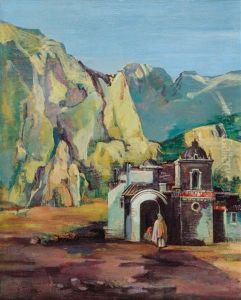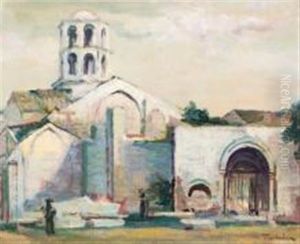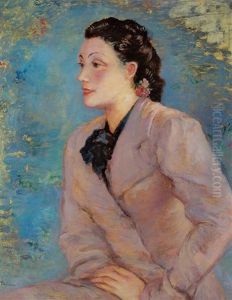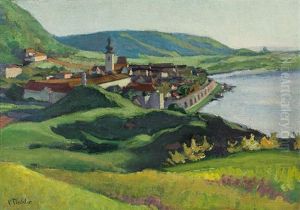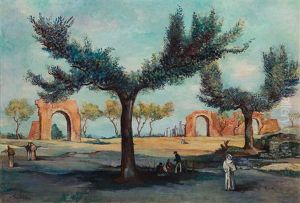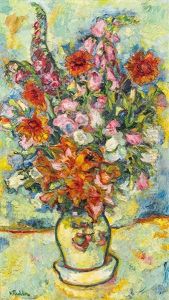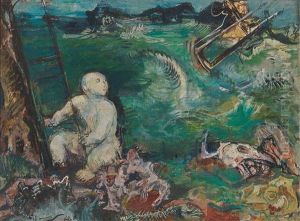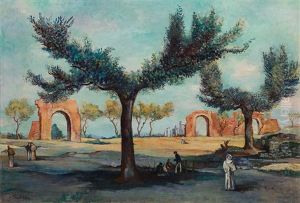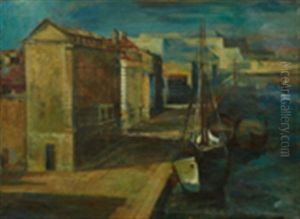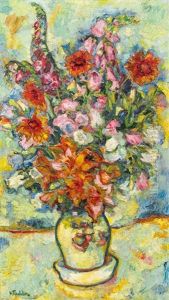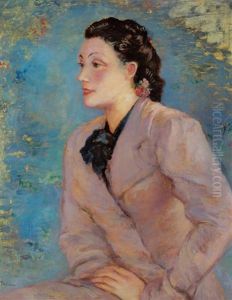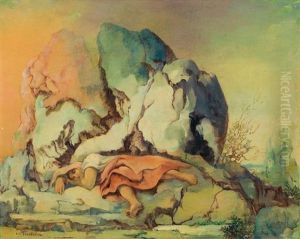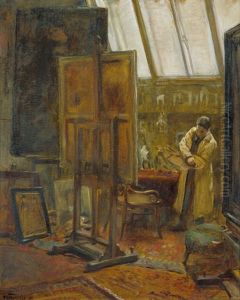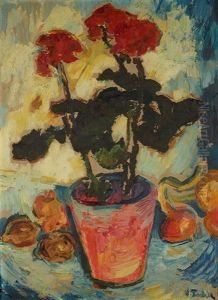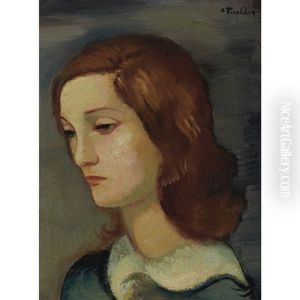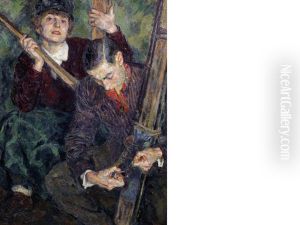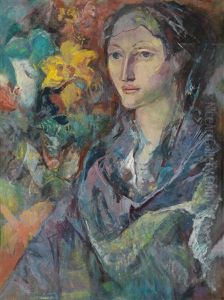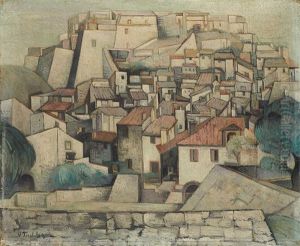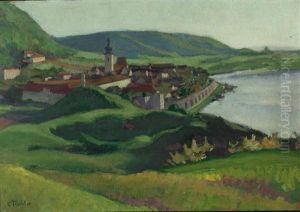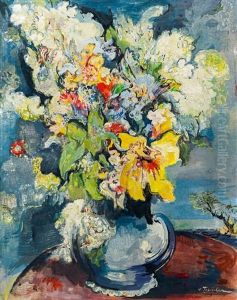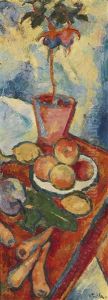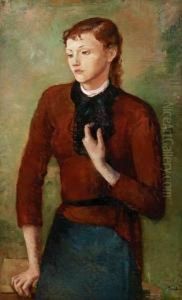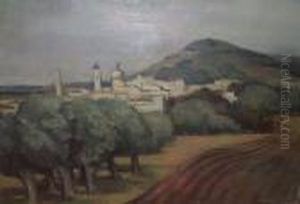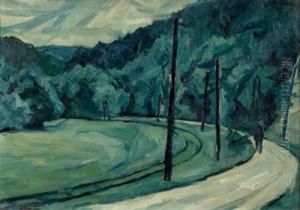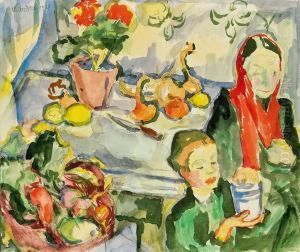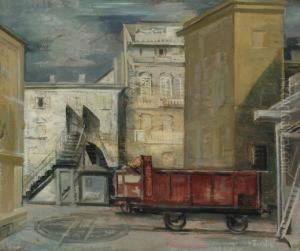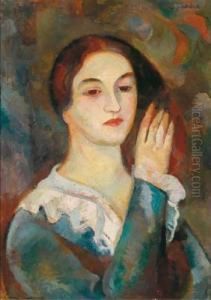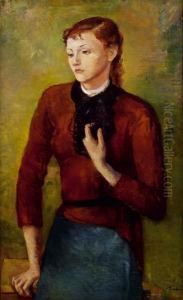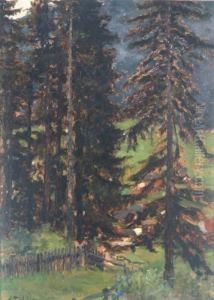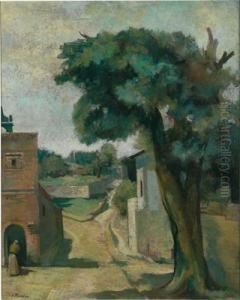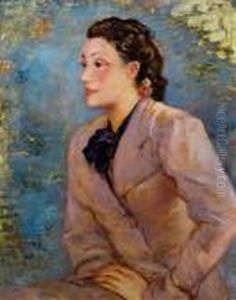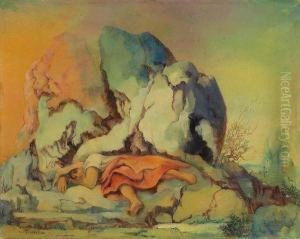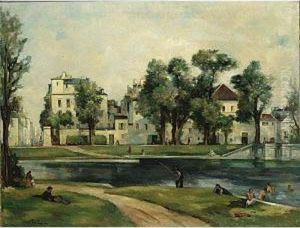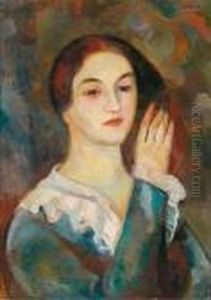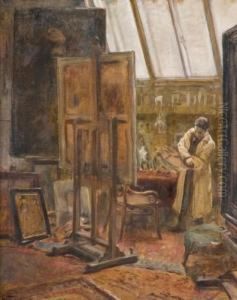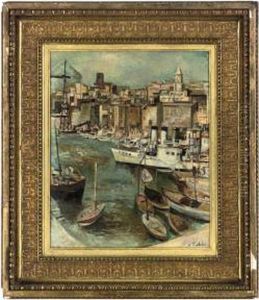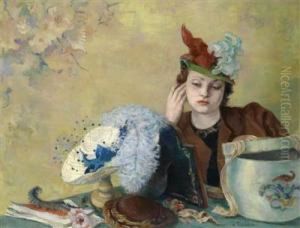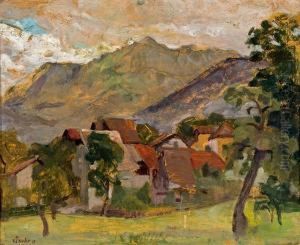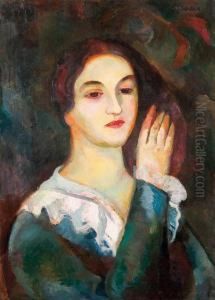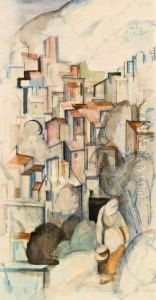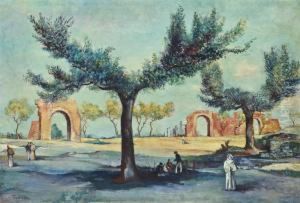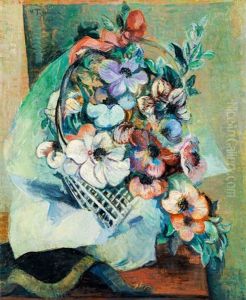Victor Tischler Paintings
Victor Tischler was an Austrian painter known for his role in the early 20th-century Viennese art scene. Born in Vienna in 1890, Tischler was part of a generation of artists who were exploring new avenues of expression in the wake of the Secessionist movement, which had been championed by artists like Gustav Klimt, Egon Schiele, and Oskar Kokoschka.
Tischler's early work was influenced by the Jugendstil aesthetic, the Germanic version of Art Nouveau, which emphasized organic forms and often featured floral and other natural motifs. He was also touched by the Symbolist movement, which sought to express the more emotional and spiritual aspects of the human psyche.
As he matured, Tischler ventured into Expressionism, aligning himself with the movement's dynamic brushwork and vibrant palette. His subjects often included landscapes, still lifes, and occasionally portraits, characterized by a sense of immediacy and emotional intensity. His work occasionally reflected the social and political tumult of the era, particularly the tensions that led to World War I and the subsequent societal changes.
Despite the destruction and dislocation of the war years, Tischler continued to work and evolve as an artist. He remained in Vienna, where he witnessed the collapse of the Austro-Hungarian Empire and the challenging interwar period that reshaped the cultural landscape of Europe.
Victor Tischler's contributions to Austrian art were cut short by his untimely death in 1951, but his paintings remain a testament to a transformative period in European art. His art is held in various collections and continues to be studied by those interested in the Viennese art scene of the early 20th century.
